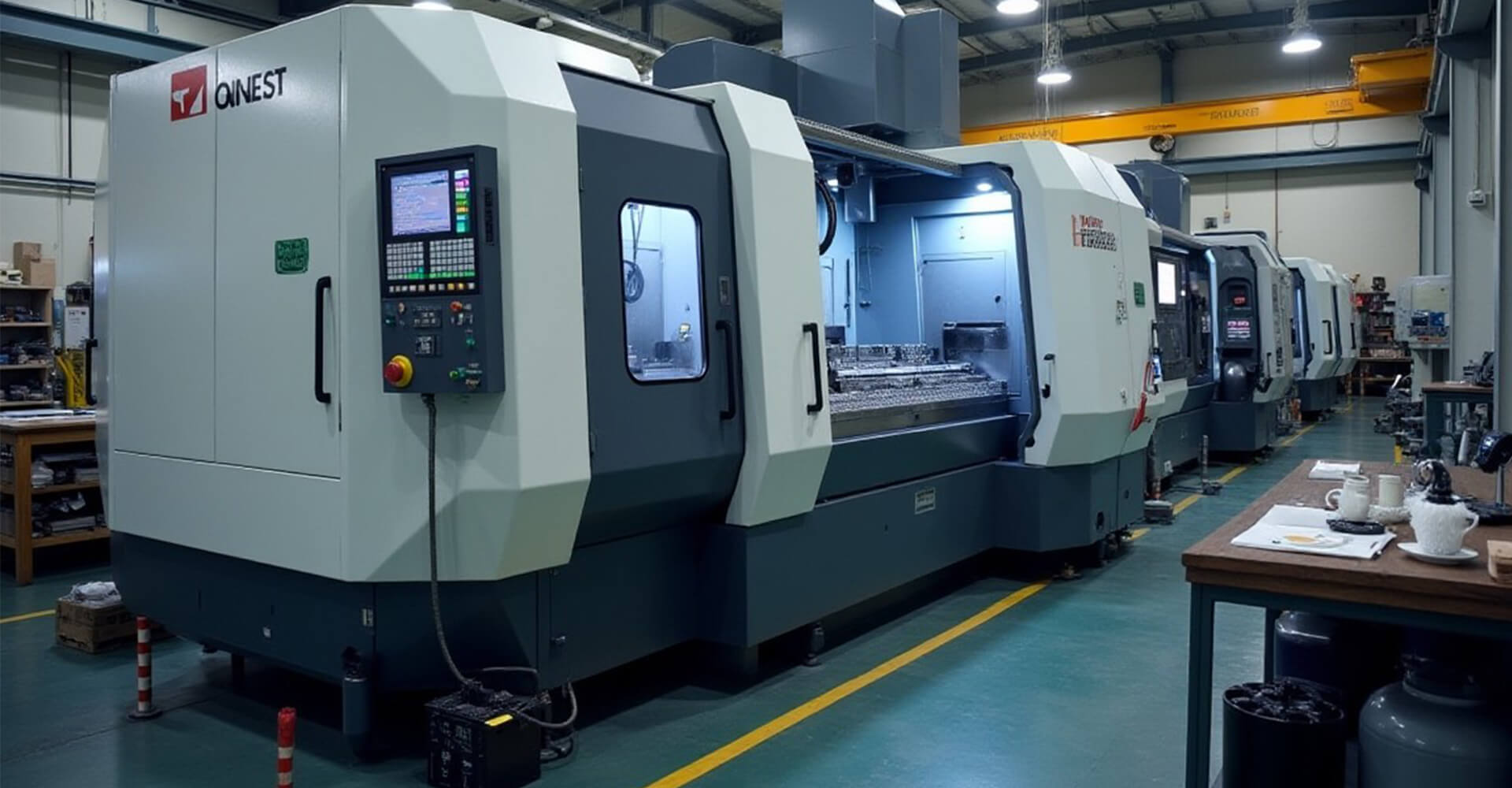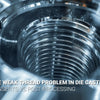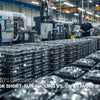CNC Machining Manufacturers: Are You Maximizing Your Manufacturing Potential?

CNC Machining Manufacturers: Are You Maximizing Your Manufacturing Potential?

In today's rapidly evolving manufacturing landscape, CNC machining has become the backbone of precision engineering. Every industry from aerospace to automotive depends on the intricate capabilities of computer-controlled manufacturing processes. But are you truly harnessing the full potential of CNC machining technology?
Recent market research reveals a staggering transformation in manufacturing: the global CNC machining market is projected to grow from USD 66.4 billion in 2023 to an impressive USD 162 billion by 2032, with a remarkable 10.43% compound annual growth rate. This explosive growth signals a critical moment for manufacturers to understand and leverage CNC machining's revolutionary capabilities.
As technology continues to advance, manufacturers face an increasingly complex decision-making process. Selecting the right CNC machining approach can mean the difference between staying competitive and falling behind in a rapidly changing industrial ecosystem.
[Table of Contents]
- What is CNC Machining Technology?
- Market Growth Trends
- Industries Utilizing CNC Machining
- Benefits for Manufacturers
- Choosing the Right CNC Machining Partner
What is CNC Machining Technology, and Why is it Reshaping Manufacturing?
CNC (Computer Numerical Control) machining represents a quantum leap in manufacturing precision. By utilizing sophisticated computer software, manufacturers can transform raw materials into complex, high-precision components with unprecedented accuracy. Learn more about CNC turning services
The technology's evolution traces back to the mid-20th century, when computer-controlled manufacturing first emerged. Today, CNC machining has become an indispensable tool across multiple industries, enabling production of parts that were once impossible to create manually.
Modern CNC machines can execute incredibly complex operations, translating digital designs into physical objects with microscopic precision. From creating intricate medical device components to producing automotive parts, the technology continues to push the boundaries of what's possible in manufacturing.
What are the Growth Trends in the CNC Machining Market?
The CNC machining market is experiencing unprecedented growth. Custom CNC milling services have become increasingly sophisticated, driving market expansion across multiple sectors.
Key growth drivers include:
- Increasing automation demands
- Rising need for precision manufacturing
- Technological advancements in machine capabilities
- Growing complexity of industrial component designs
Projections indicate continued market expansion, with technological innovations playing a crucial role in shaping future manufacturing landscapes.
Which Industries are Utilizing CNC Machining Technology?
CNC machining has become the cornerstone of manufacturing across diverse industries. Explore CNC machining services that cater to multiple sectors:
- Aerospace: Producing complex, lightweight components
- Automotive: Manufacturing precision parts and prototypes
- Medical Devices: Creating intricate, life-saving equipment
- Electronics: Developing sophisticated circuit board components
- Industrial Machinery: Fabricating robust industrial components

Each industry leverages CNC technology to achieve unprecedented levels of precision, efficiency, and innovation.
Why Should Manufacturers Choose CNC Machining?
CNC machining offers transformative advantages for modern manufacturers:
- Unparalleled precision
- Reduced material waste
- Faster production cycles
- Complex geometric capabilities
- Automotive industry-specific solutions
The economic benefits extend far beyond initial production, providing long-term cost-effectiveness and competitive advantages.
Additional Manufacturing Innovations
While CNC machining leads the way, complementary technologies like 3D printing continue to expand manufacturing possibilities. Understanding and integrating these technologies can provide manufacturers with comprehensive solutions.
Conclusion
CNC machining is more than a manufacturing technique—it's a strategic approach to production that can dramatically enhance your competitive capabilities. By understanding its potential and selecting the right surface finishing techniques, manufacturers can unlock unprecedented levels of precision and efficiency.





